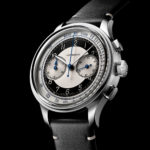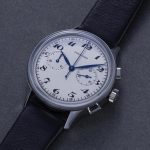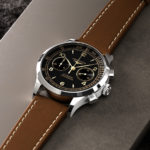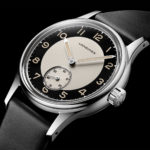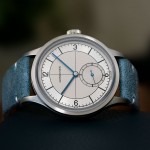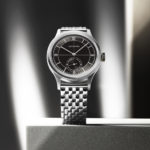Up Close: Longines Heritage Classic Chronograph “Tuxedo”
Very good and maybe the best to date.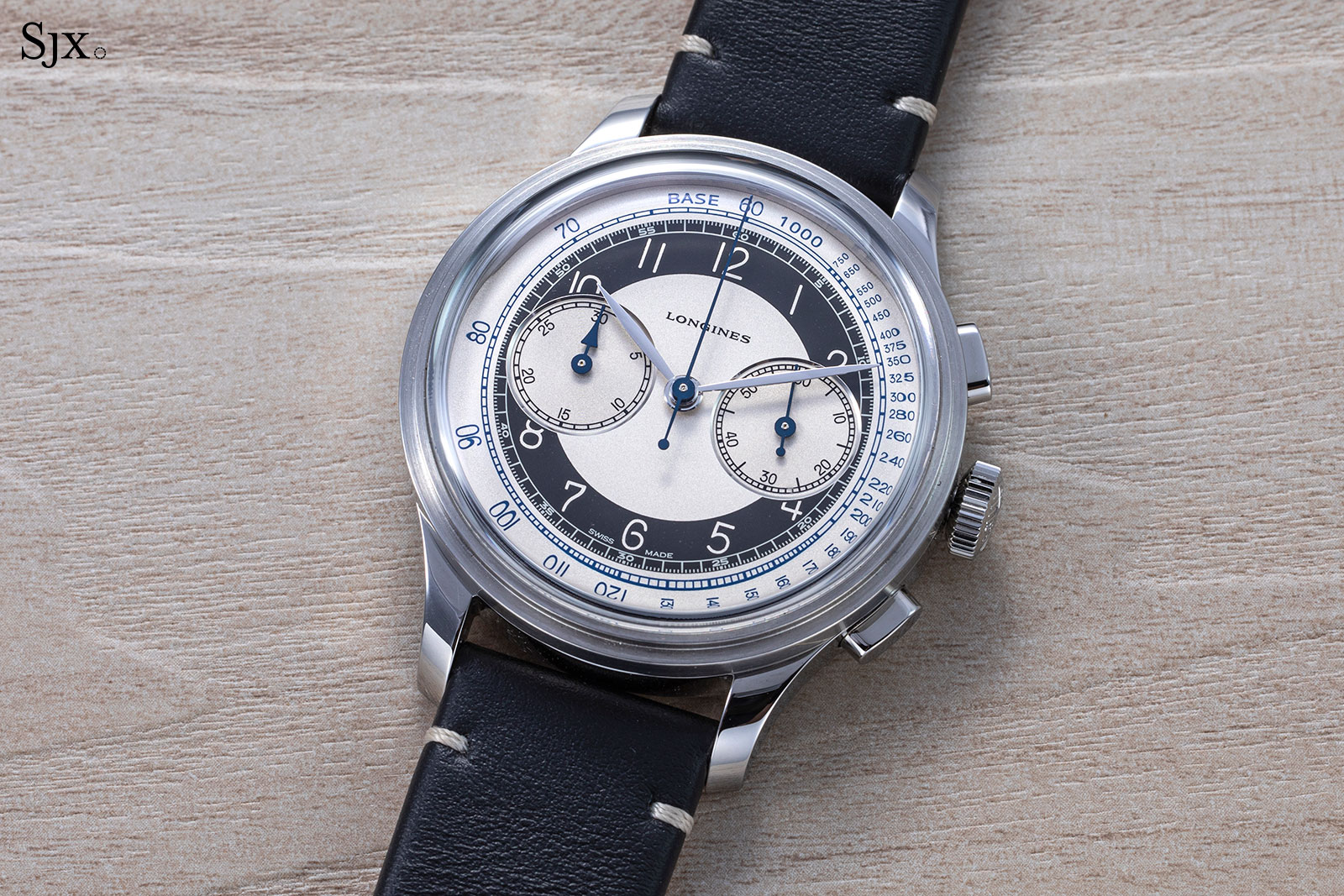
Longines has a grand history in wristwatch chronographs, some of which has been translated into appealing modern remakes. Granted the remakes don’t have legendary movements like the 13ZN of old, but they are affordable and well designed.
There have been many remakes – Longines is adept at churning them out – but the Heritage Classic Chronograph “Tuxedo” is perhaps the best in recent memory. Based on a 1940s watch in Longines museum, the Tuxedo chronograph gets it right, both in the broad strokes but also the finer details.
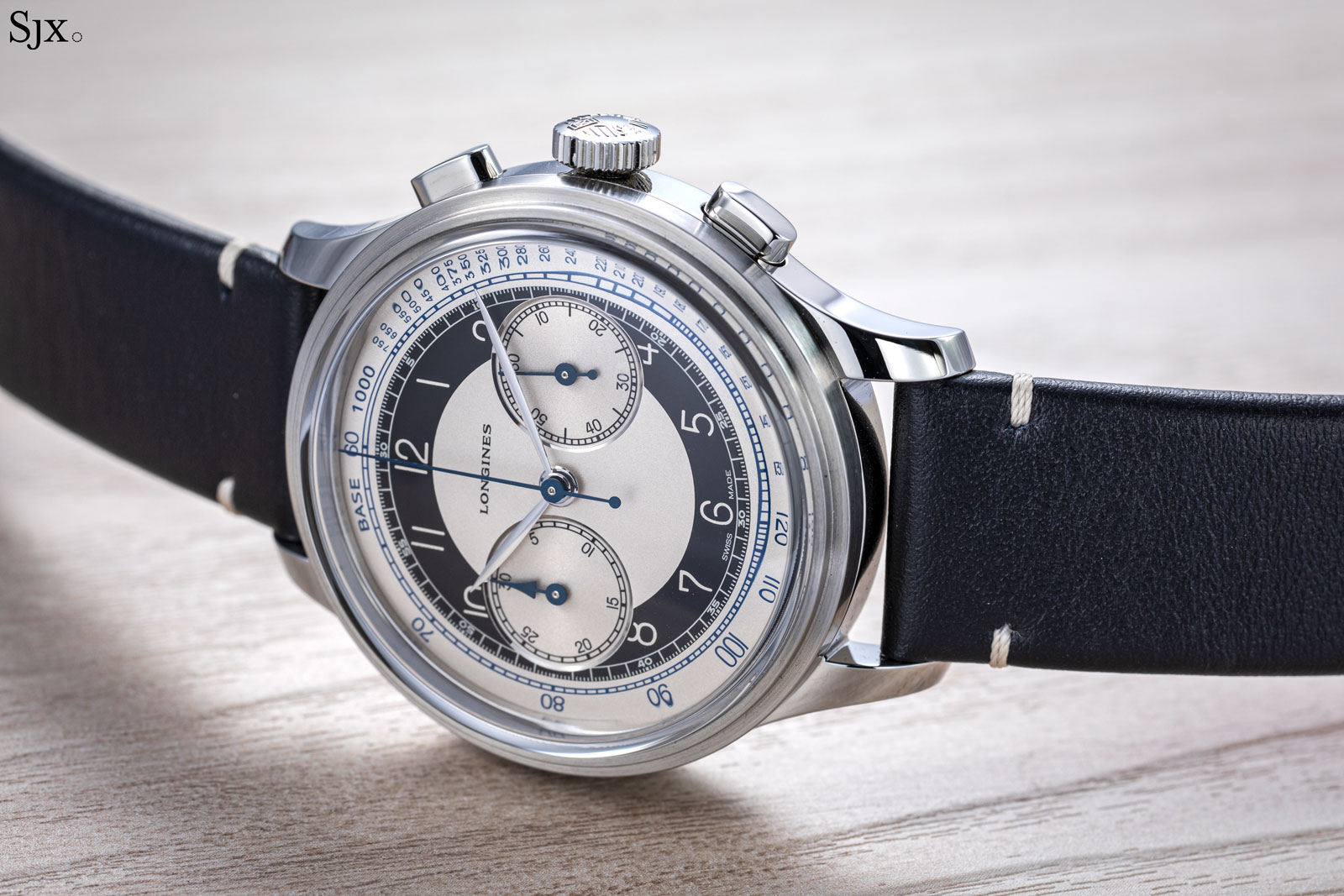
Initial thoughts
In many ways the Tuxedo chronograph is more of the same from Longines, another vintage remake that’s well done. That would make it competent but nothing outstanding. But the Tuxedo chronograph is arguably different, because it is more adept than earlier remakes in its details.
At arm’s length the watch looks like a typical replica, a watch that has vintage design but the size and shine of a modern watch. It is obviously a modern watch, but the attention to detail in its design and construction make it obvious that the designers understand vintage watches.
This, like any other remake, is not about originality or creativity. It succeeds or fails on how well the vintage design has been reproduced, while allowing for modern materials and features. By that measure the Tuxedo chronograph aces the test.
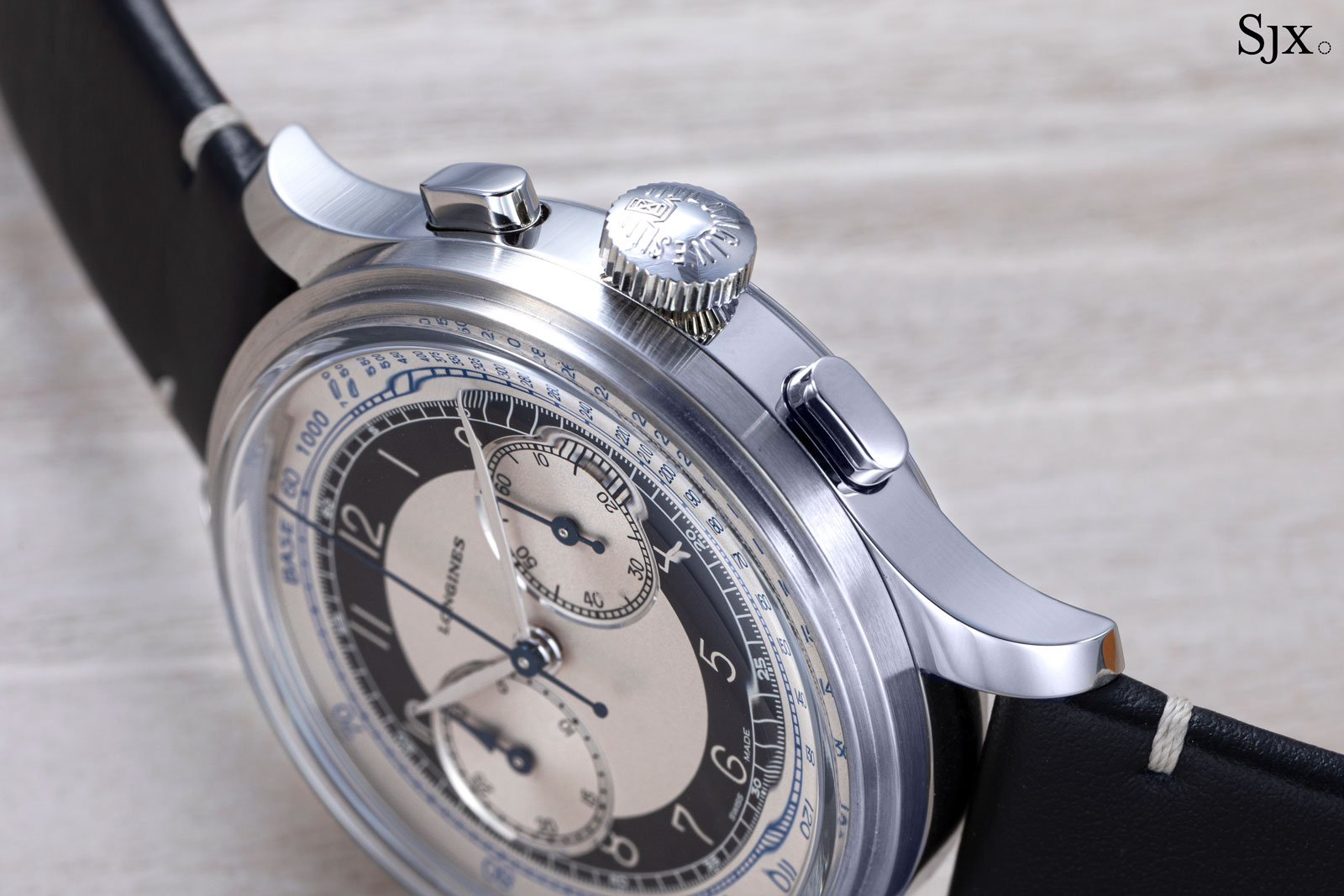
The case, for instance, has two finishes – a polished middle and a brushed bezel – while the case middle is extremely narrow relative to the bezel, which also helps create the impression of slimness.
And ditto for the dial, which has chronograph sub-dials placed just right and hands exactly the right length. Most of the fonts used for dial are also appropriate – as is the fact that it has no date.
With a price of just US$3,000, the Tuxedo chronograph easily takes the top prize in the vintage-remake-chronograph space.
“Tuxedo”
Named after the two-tone, black-and silver dial, the “Tuxedo” chronograph is actually one half of a pair launched at the same time, with the other being a time-only model that’s handsome but a little plain. The nickname is a bit of an affectation, but the watch is reliably excellent throughout.
The dial of the chronograph looks historically correct, while being finished well. Not only is the dial two colour, but also two tone in surface finish. The silvered portions are finely grained and slightly glossy, while the track for the hour numerals is a flat, matte black, a contrast in texture that gives it more visual interest.
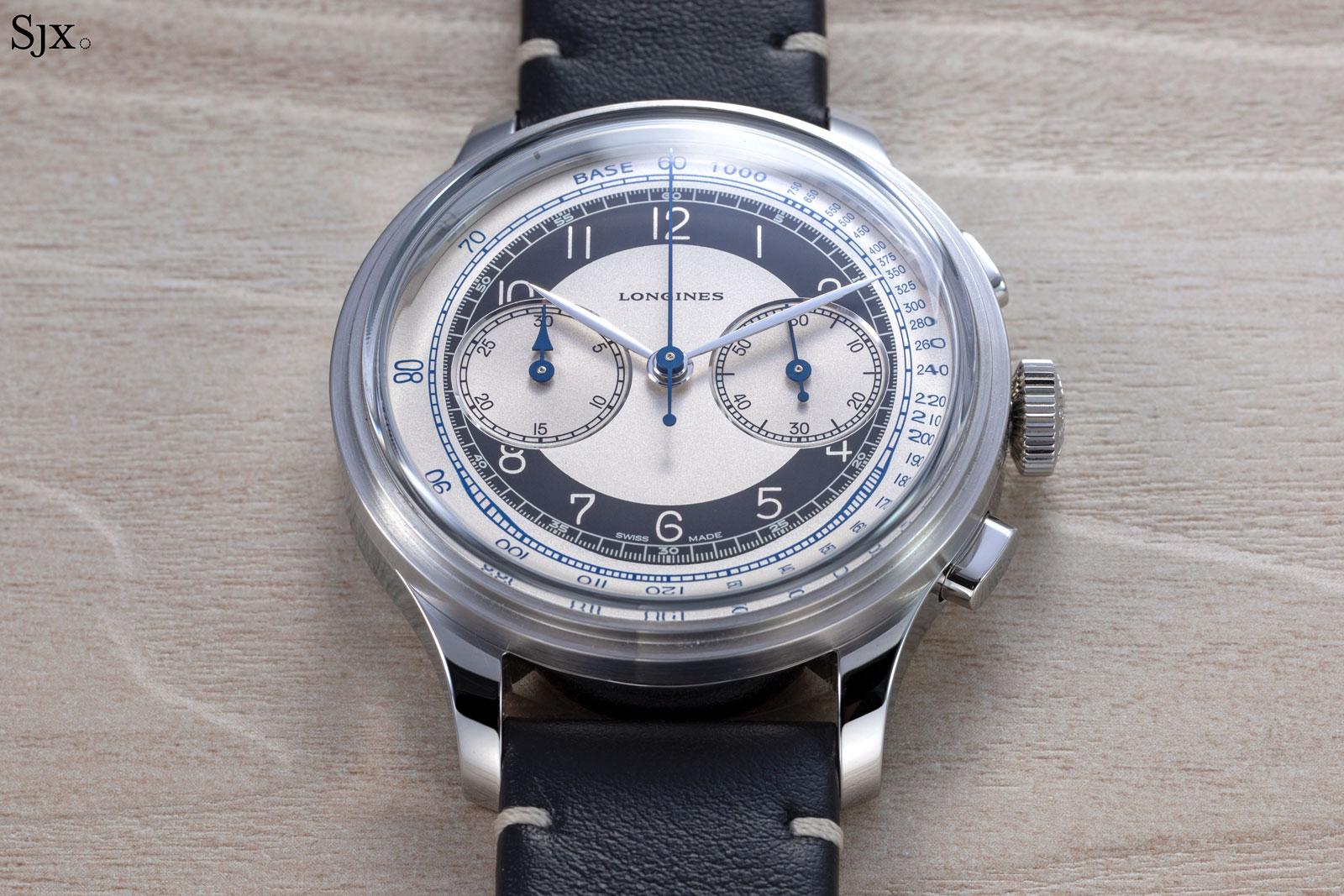
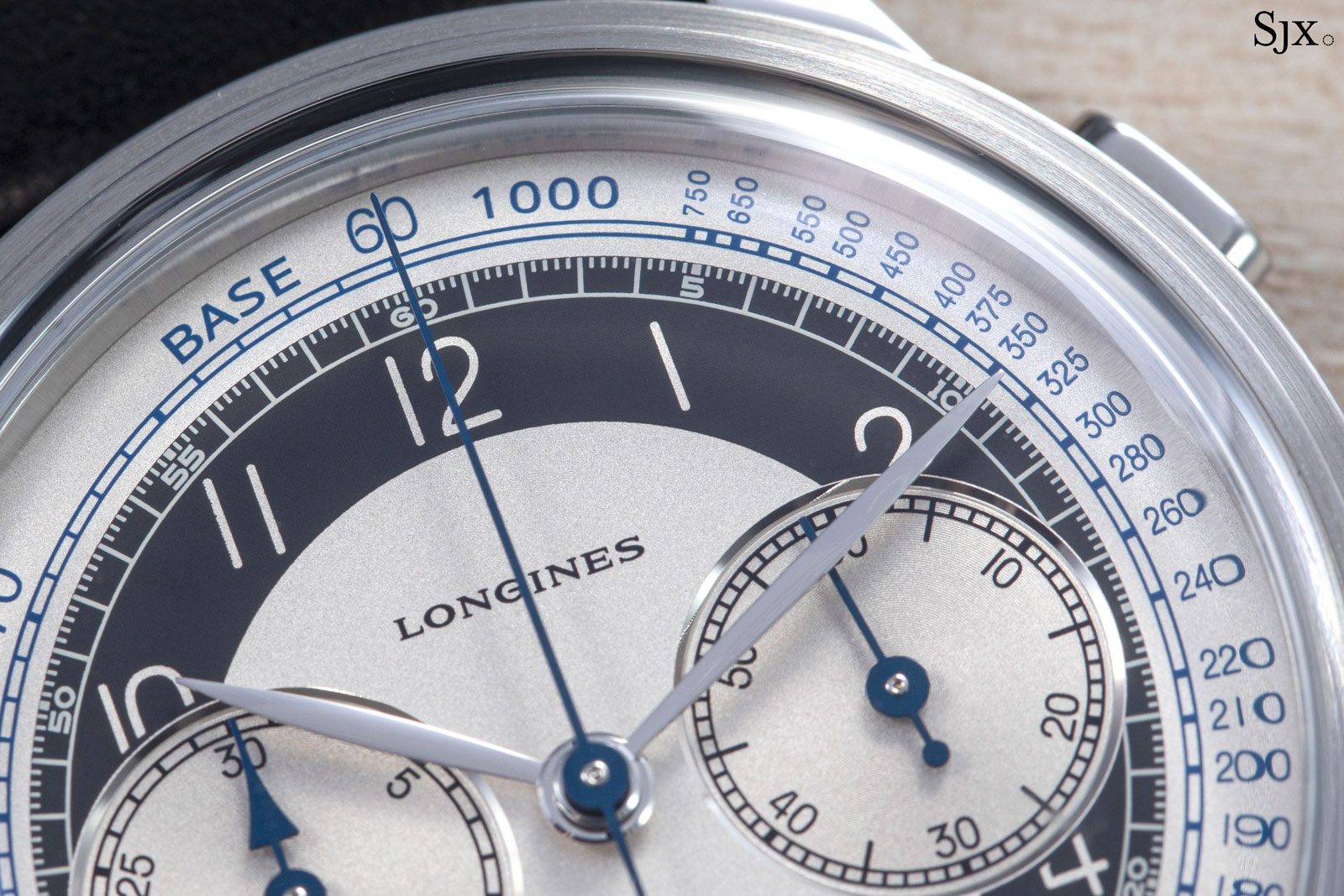
Design wise, the dial is almost perfect. The proportions, for instance, are almost identical to the vintage original, even though the case size and movement are different.
The chronograph registers rest against the minute track, with enough space on the perimeter for the tachymeter scale. At the same time, the counters are far enough from the central axis to avoid the cross-eyed look common on modern chronographs with largish cases.
Ironically, the dial’s proper proportions are a result of the largish case – a vintage look created by a modern size – as a smaller case would have pusher the sub-dials further to the edges of the dial.
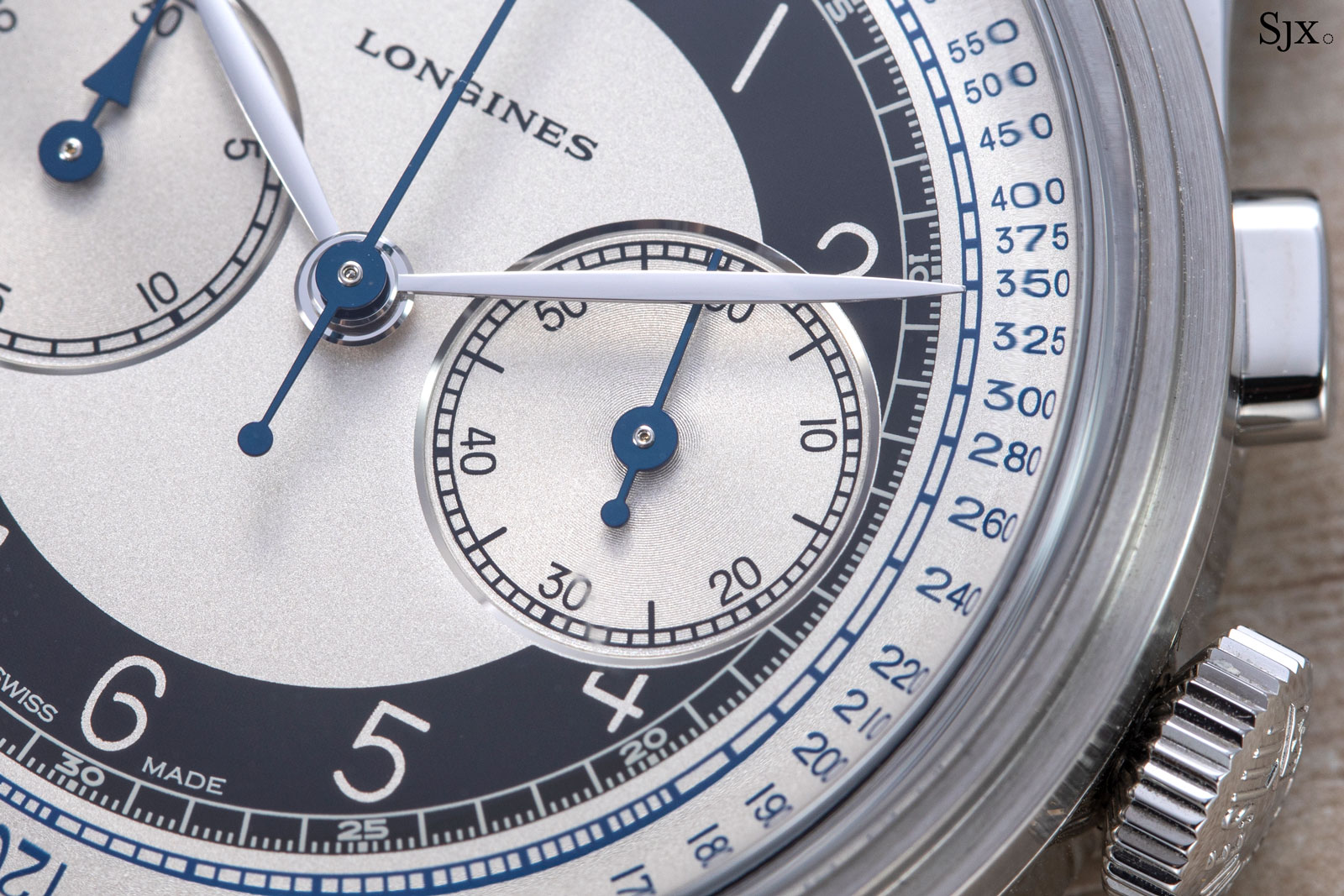
The typography of the dial closely follows that of the vintage original, with thin hour numerals, flat-tops for the threes, and “open” sixes. The only nit to pick are the broad lines used for the numbers of the minute track, which feel too heavy compared to the rest of the dial.
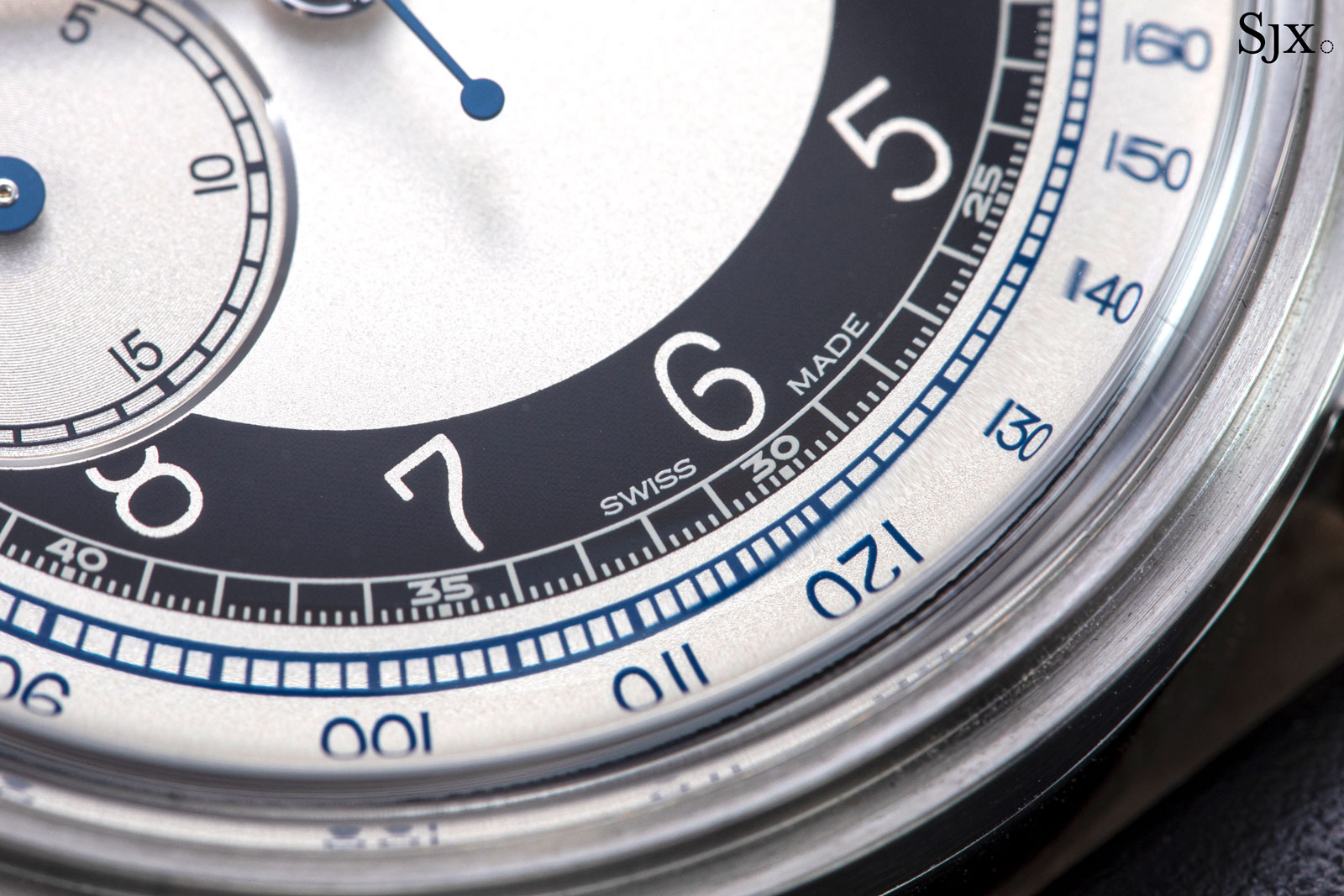
A distinctly modern detail of the dial is the polished chamfer around the circumference of the recessed sub-dials. The vintage original lacks this, but it gives the dial a little bit more refinement that looks good.
Another element that contributes to the same effect is the concentric pattern on the sub-dials that is more finely spaced than usual, making it appear more like a texture than a pattern.
Also worth commending are the hour and minute hands, which have a slightly domed profile, giving them a bit of volume. Surprisingly, the centres of both hands show bevelling around the edges, a bonus not expected on a watch of this price.
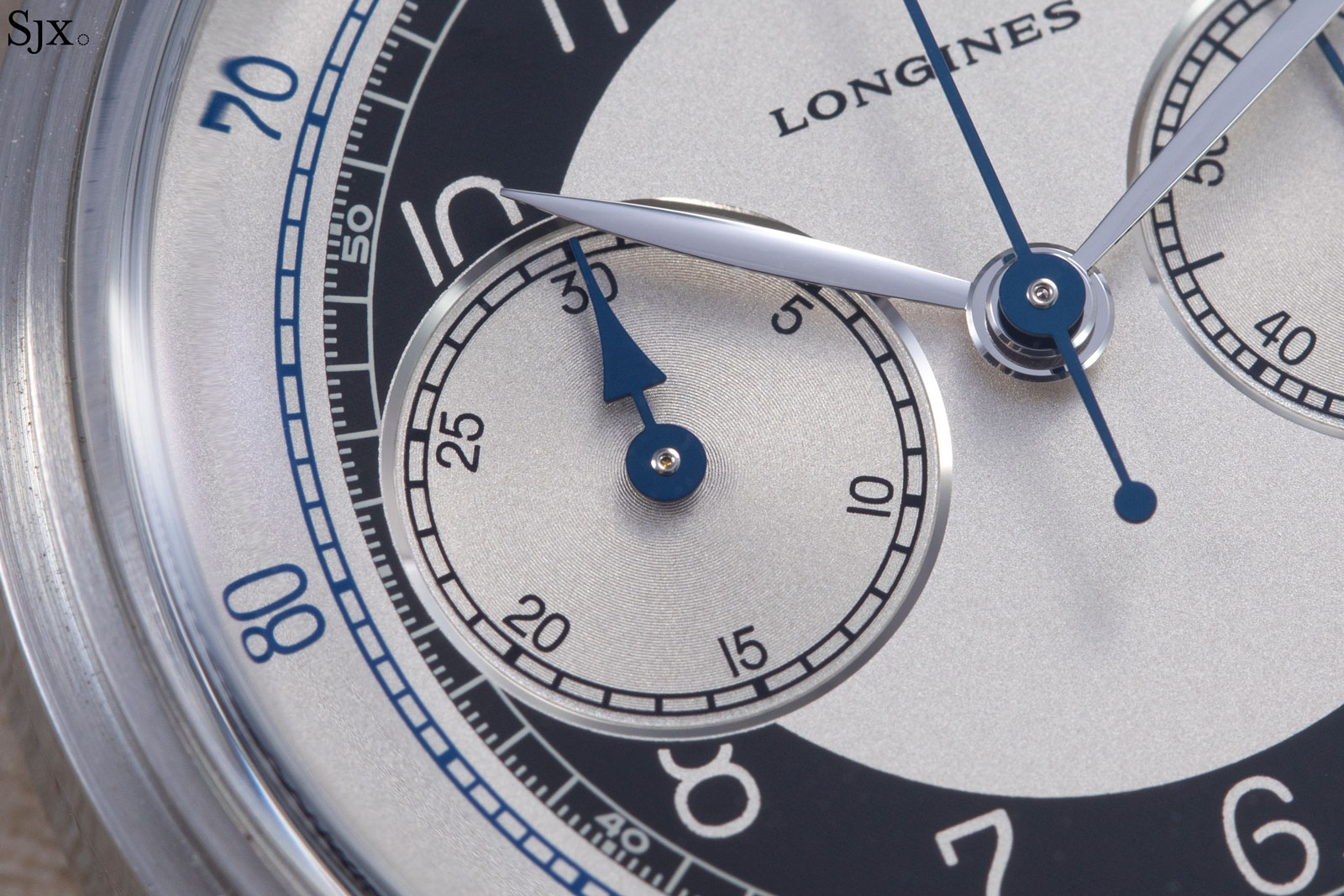
The wonderfully fine guilloche on the sub-dials and the chamfered edges on the central axis of the hands
Design smarts
Even though the dial is the most obvious feature of the watch, the case is notably well done in proportion and construction. As much as the dial, it creates the appeal of the watch.
Like most remakes, this has a larger case than the original, which was probably 37 mm or so, but the proportions of the original are more or less preserved with 19 mm lug width. On the subject of lugs, they are reasonably sized, and not overly long as on some other Heritage remakes.
The case is 40 mm in diameter – a modest size by today’s standards – and a relatively thick 13.6 mm high. The height of the case, however, is not obvious due to how it is layered. The case middle is surprisingly flat, almost disproportionately so, with the bezel and crystal as tall. That has that a slimming effect, so the watch doesn’t feel too chunky on the wrist.
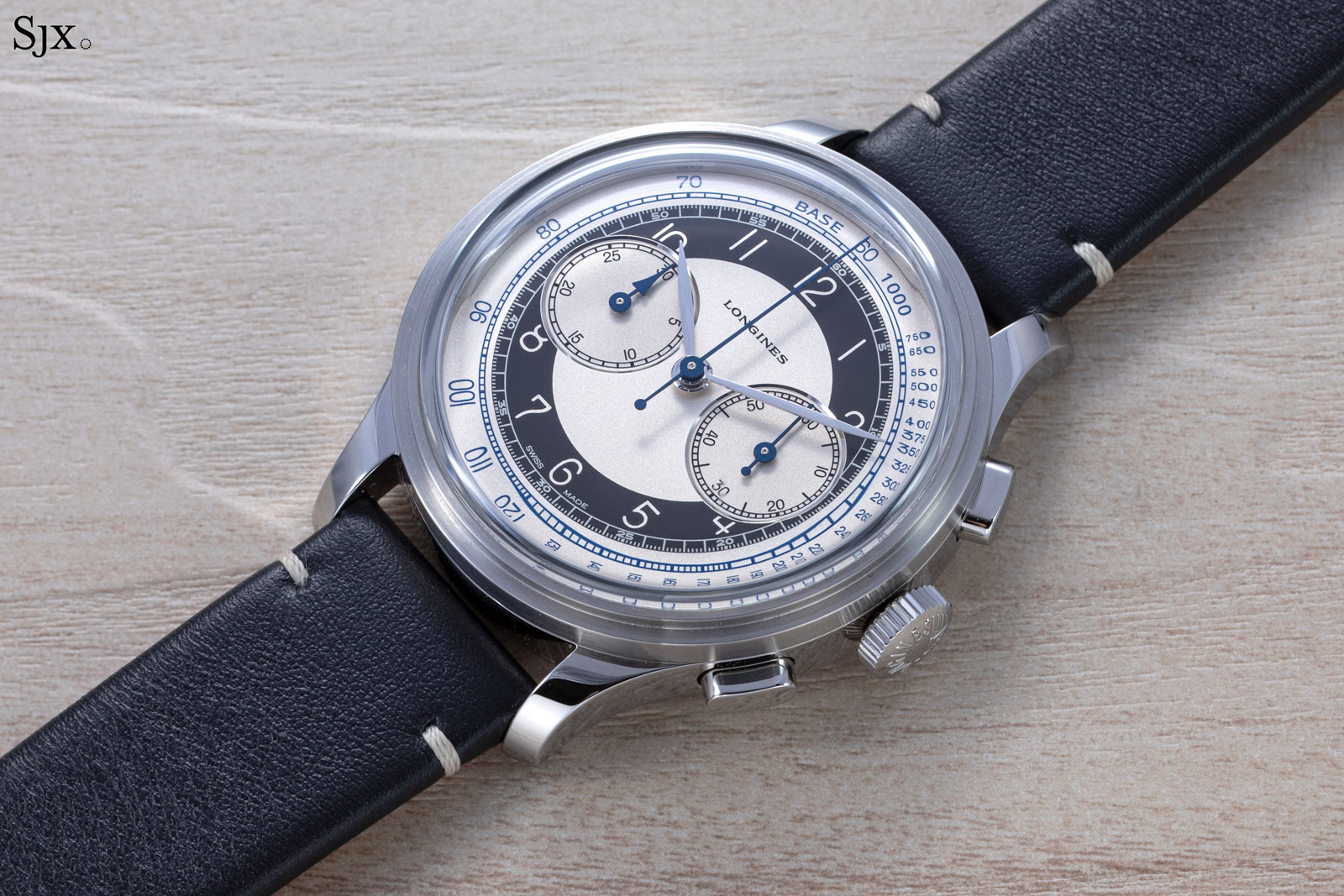
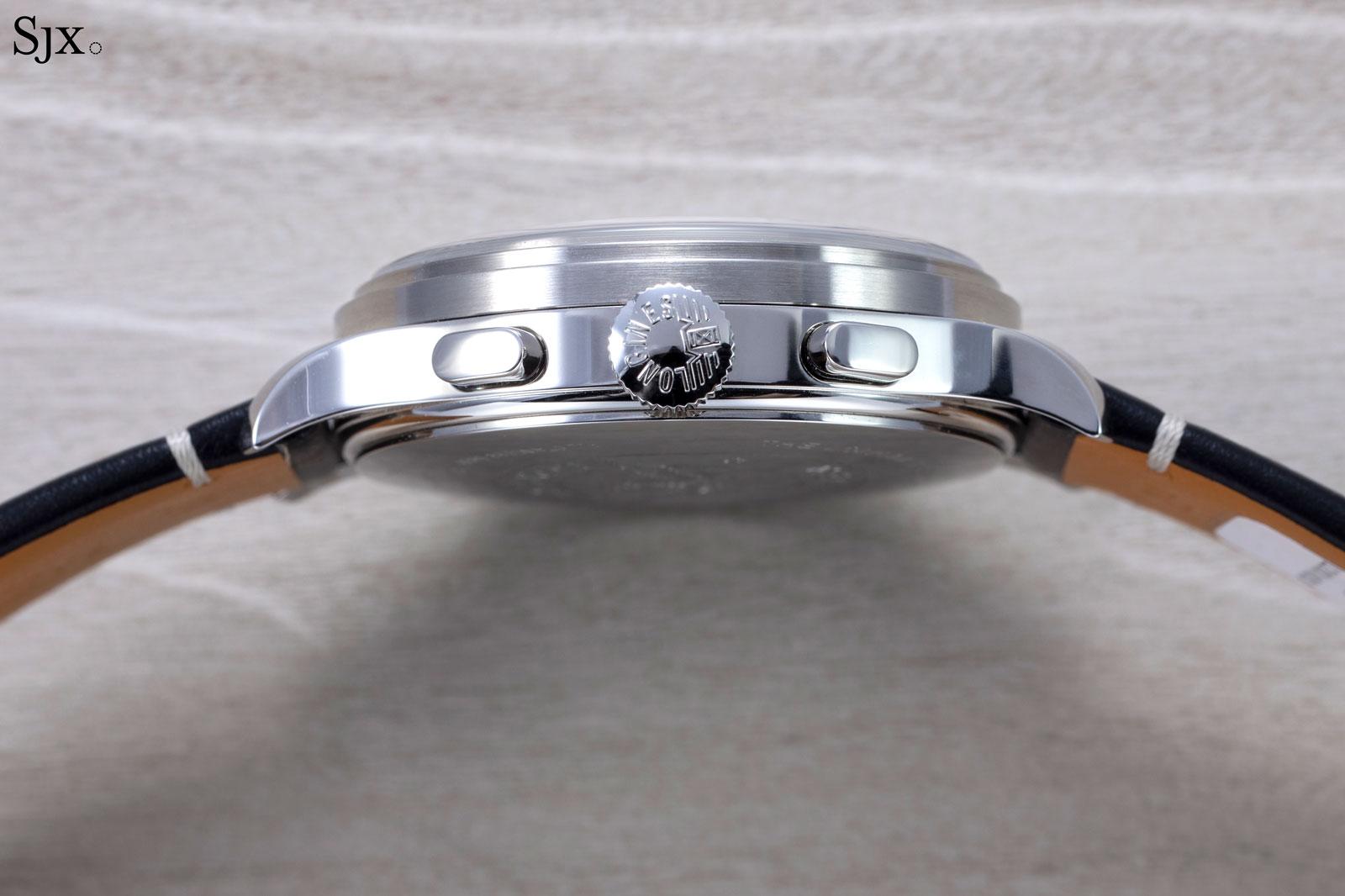
The bezel has two pronounced steps, probably to break up its height, while the sapphire crystal is extremely domed, with its edges sufficient curved that the dial is distorted when viewed at an angle. Together they help reduce the vertical lines of the case, while also preserving the retro look.
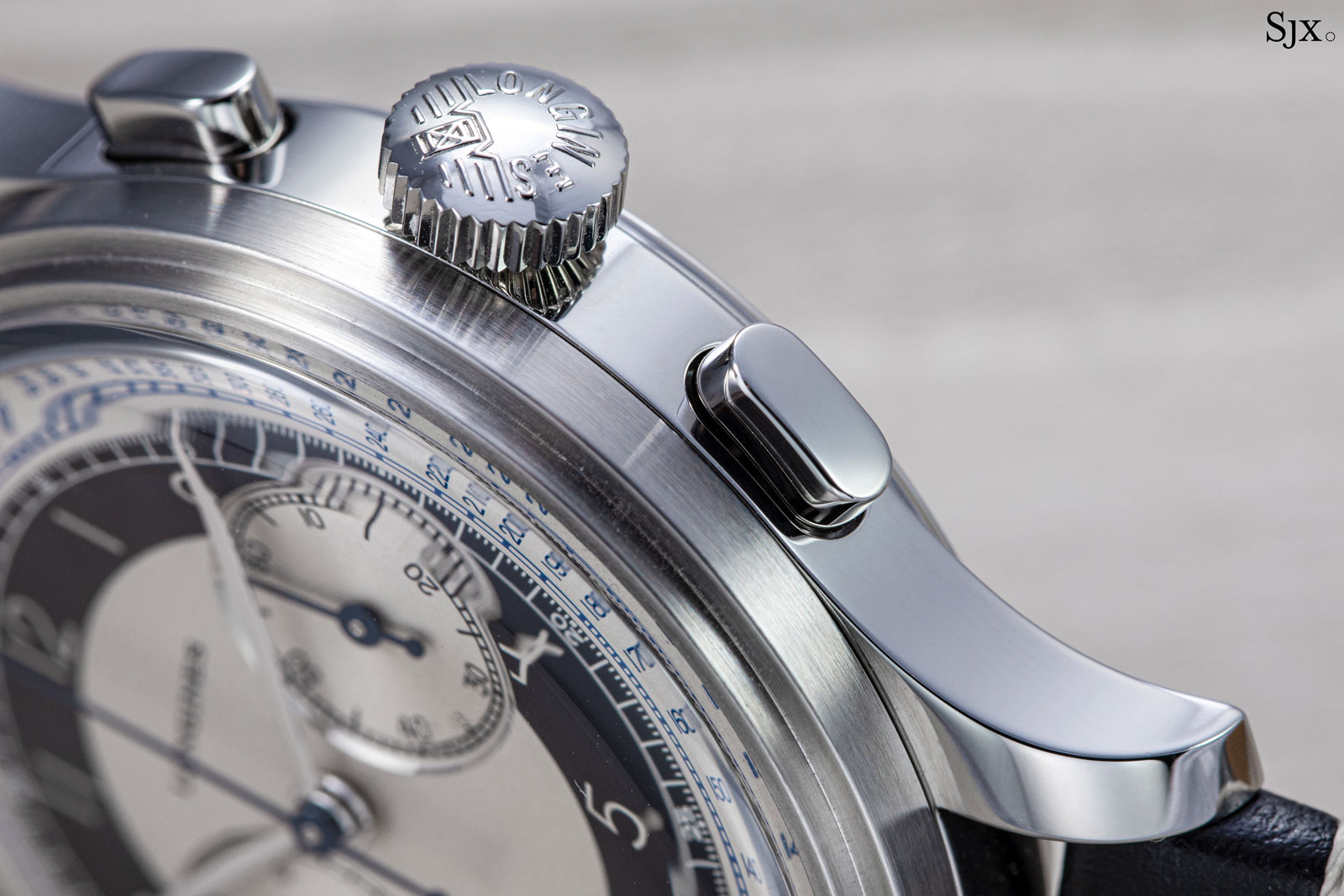
Another useful detail is the contrasting finish of the bezel and case middle. While Longines usually employs a uniform finish over the entire case for all of its Heritage models, this has a brushed bezel and polished middle. That was no doubt done to stay true to the original, which has a similar combination of finishes, but it also looks good.
The only aspect of the case design I would tweak are the pushers. They should be a little narrower, and have vertically brushed sides instead of polished, which would reproduce the style of the original.
In terms of finish, the case is as good as Longines’ other Heritage remakes – workmanlike and neat, making it average for a watch of this price.
Where it can be improved is mostly at the edges, literally. The edges of the steps on the bezel, for instance, could be better defined, which would give the watch a crisper look. That said, such refinement is probably not feasible at this price.
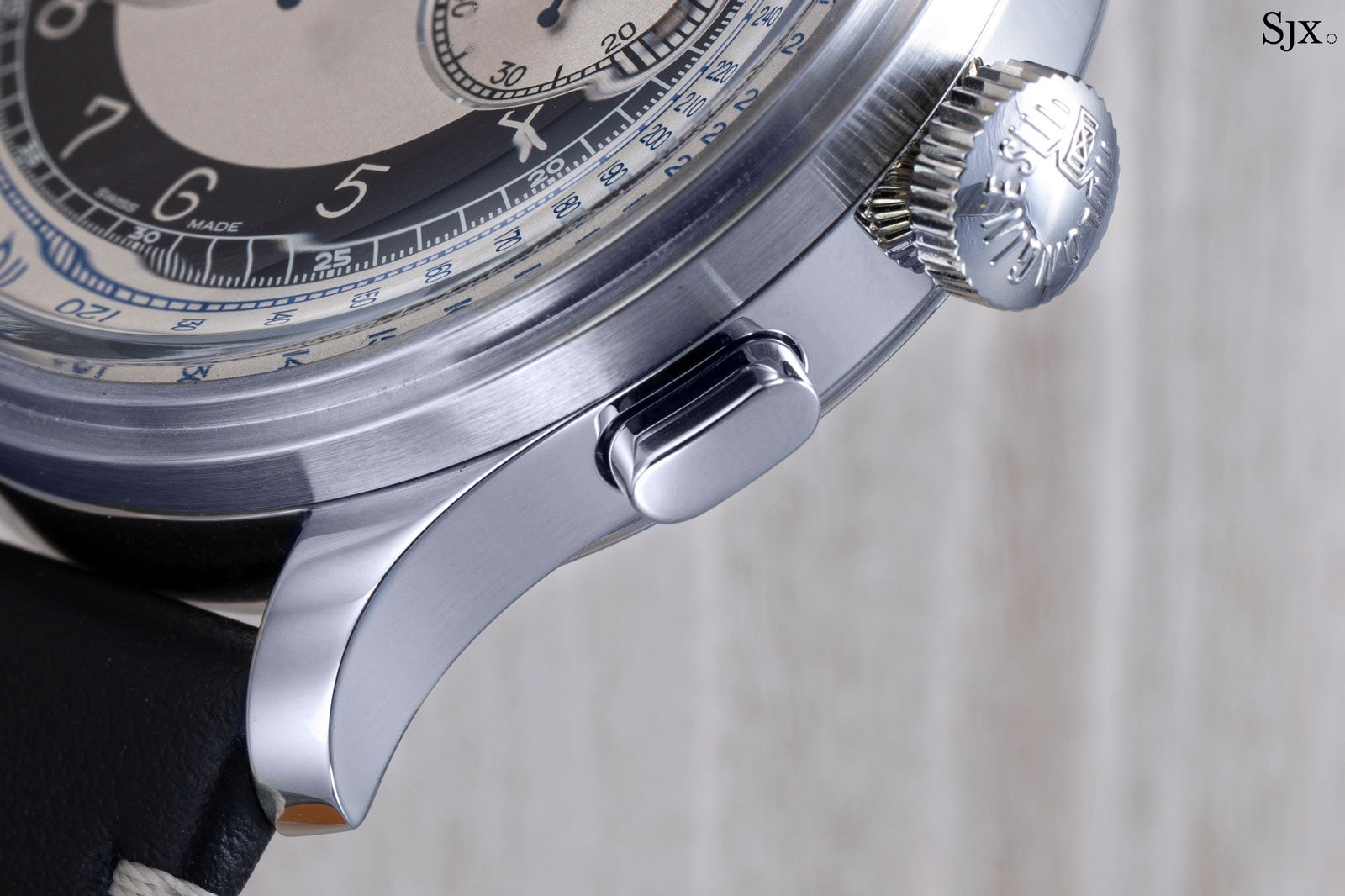
ETA inside
Under the press-fit back is the automatic L895. It’s actually an ETA A31.L21, a modular movement made up of an improved ETA 2892 plus an ETA chronograph module. The most obvious upgrade for the wearer is the 54-hour power reserve, against 48 hours for the standard ETA 2892. And less obvious is the silicon hairspring, which can function unaffected by magnetism unlike a conventional metal-alloy hairspring.
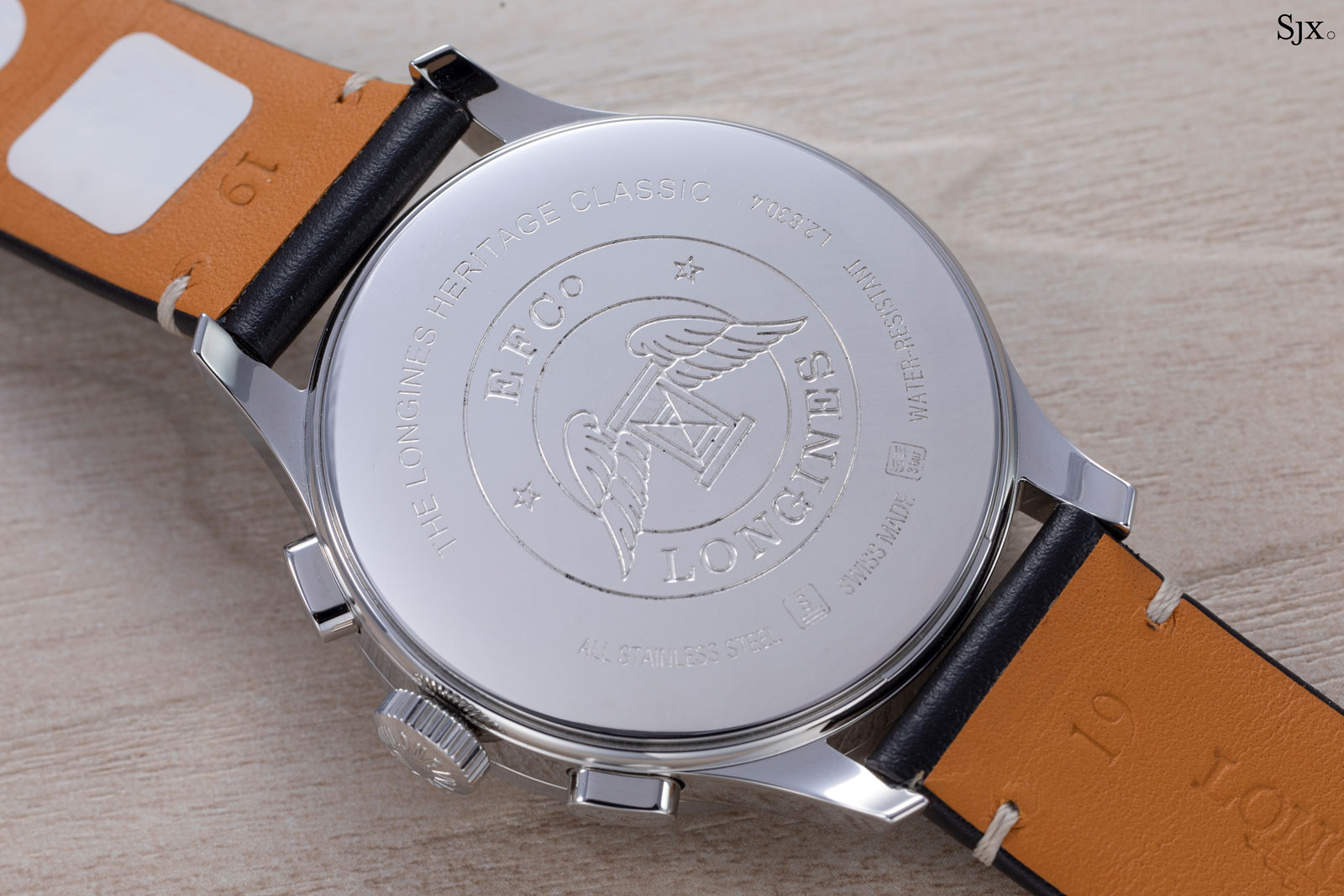
The specifics of the upgrades are unknown, but the Swatch Group – which owns Longines and ETA – has made it standard practice to equip its own brands with improved versions of ETA movements that are not sold to brands outside the group.
In short, the movement is every bit as reliable and robust as a standard ETA 2892, but probably runs a little better and a little longer. But it’s not much to look at, which is why the solid back is helpful.
A hand-wind movement would have been more suited to the style of the watch, but probably impractical from a price and size perspective. The most affordable hand-wind chronograph movement is the Valjoux 7760, which is quite a bit thicker, making it difficult to retain the same case dimensions.
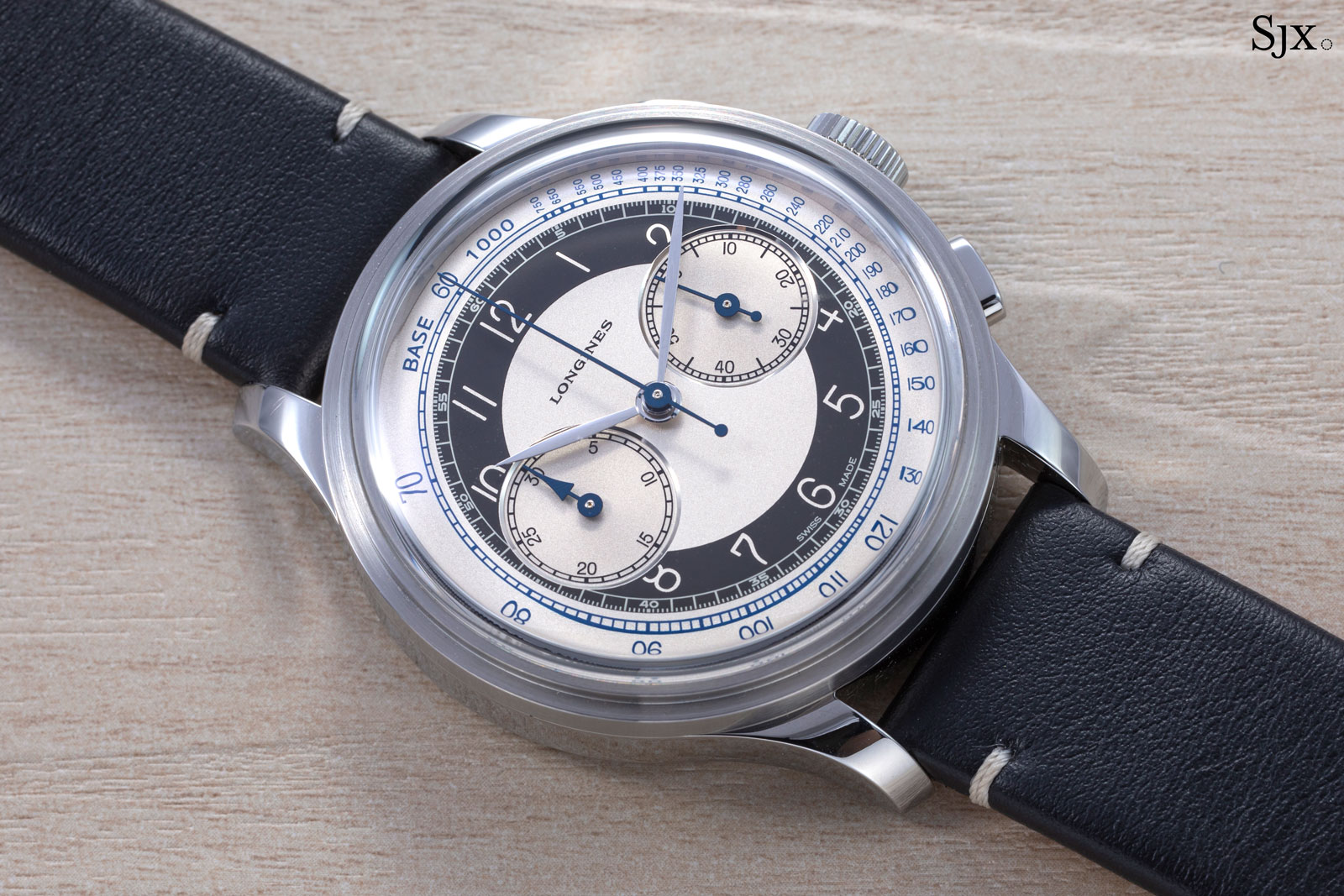
Concluding thoughts
The Tuxedo chronograph is obviously a modern watch that’s been made to look like a vintage watch. But it does so very well, and its designers should be commended for their keen eye. And the watch also delivers excellent performance against its modest price, making it a compelling buy.
In fact, the Tuxedo chronograph is the most appealing watch in the current Heritage line up. While some models might be more interesting, they are often let down by one or two elements, like the asymmetric Avigation A-7 that has a date. Other models get the design right, but are overly simple, like the time-only “sector” dial for instance. The Tuxedo chronograph is just right.
Key facts and price
Longines Heritage Classic Chronograph ‘Tuxedo’
Ref. L2.830.4.93.0
Case diameter: 40 mm
Height: 13.6 mm
Material: Stainless steel
Water resistance: 30 m
Movement: L895 (ETA A31.L21)
Functions: Hours, minutes, and seconds, and chronograph
Frequency: 28,800 beats per hour (4 Hz)
Winding: Automatic
Power reserve: 54 hours
Strap: Calfskin with pin buckle
Availability: From Longines boutiques and retailers; delivery date to be determined
Price: US$3,000; or 4,530 Singapore dollars
For more, visit Longines.com
Back to top.

